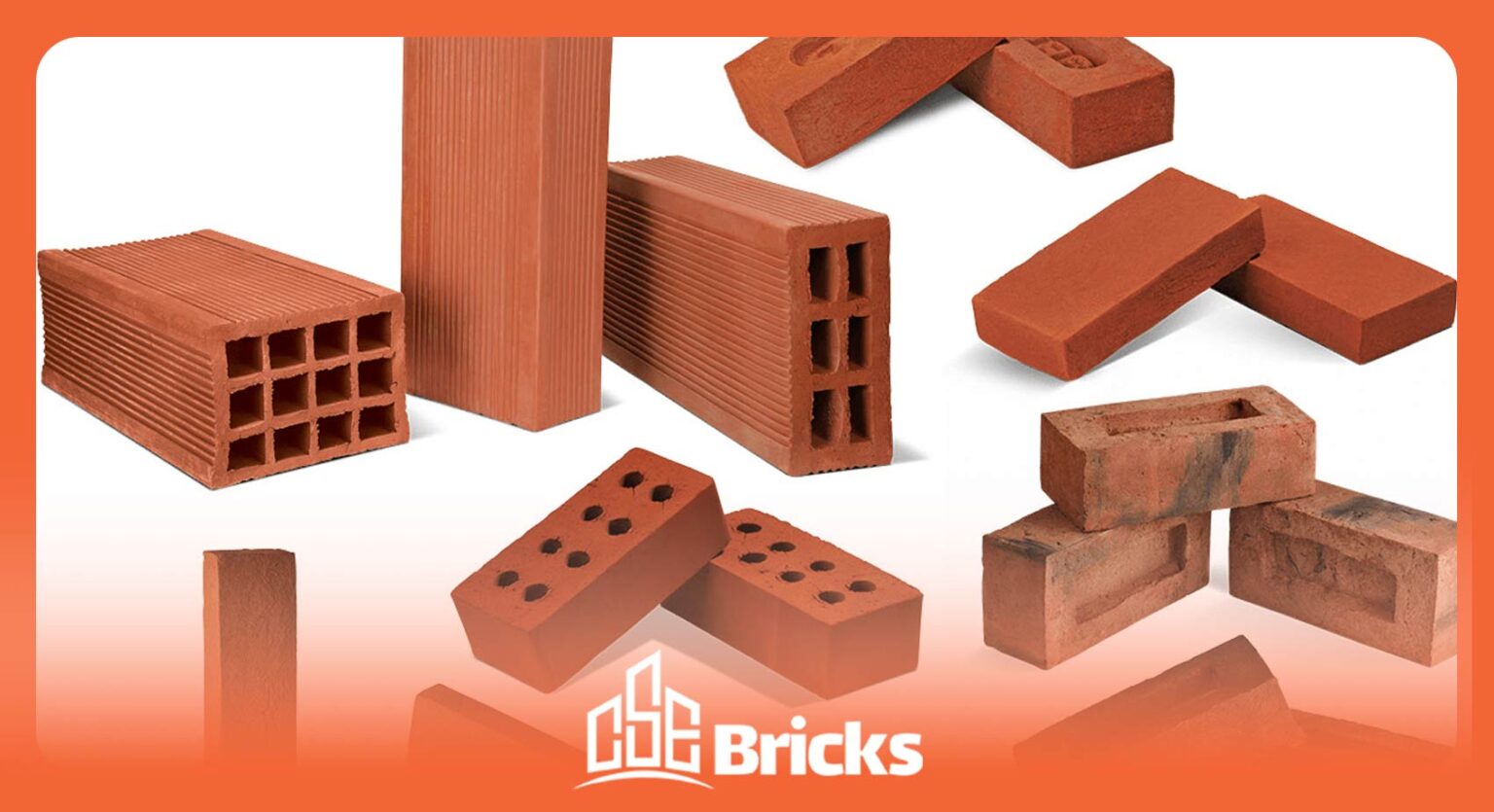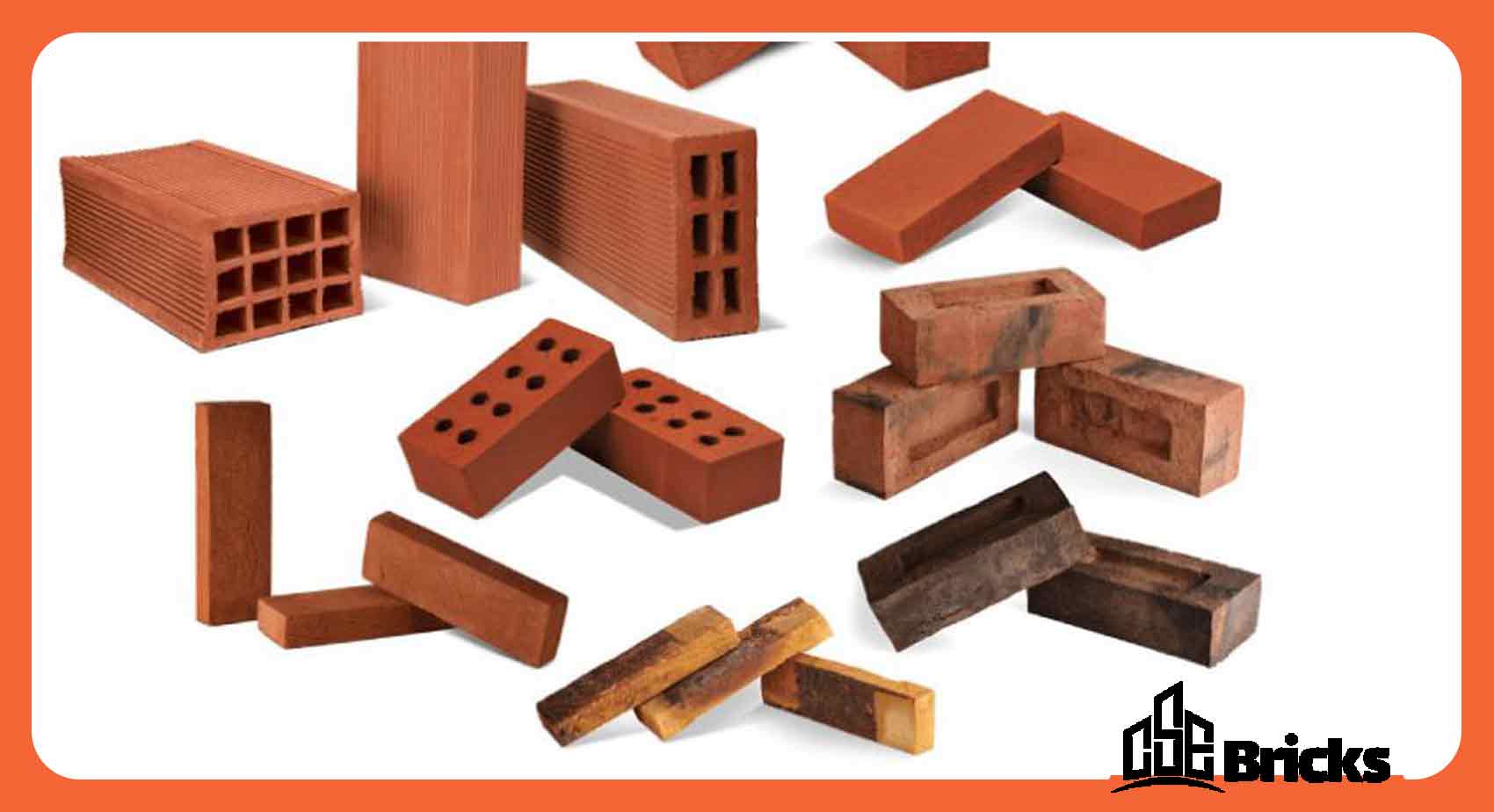Blog
Choosing High Quality Bricks

Choosing High Quality Bricks
Review of 7 Key Factors for Smart Purchasing
Selecting high-quality bricks is crucial because they are one of the fundamental materials in construction. Therefore, paying attention to the following points, which we will discuss in this article, is very important:
Brick is one of the oldest materials used in construction. Due to its durability and versatility, it has been a popular building material since ancient times. Bricks are used in both traditional styles and modern architecture, making them one of the best choices for both interior and outdoor designs.
However, choosing bricks for construction, like other building materials, comes with its own set of challenges. If you are looking to buy bricks, this article will help you achieve a more desirable outcome.
To choose quality bricks that fit your budget and location, you can benefit more by being aware of the following 7 effective points when purchasing bricks:
Important Tips for Choosing Quality Bricks
Choosing bricks involves considering several factors such as the raw materials, dimensions, weight, color, compressive strength, and water absorption. The price of bricks varies in different regions based on these factors. As the saying goes, “you get what you pay for.” This price difference is justified by the advantages bricks offer compared to other materials.
If you prefer quality over quantity, select the best bricks based on your taste, needs, and the intended location. To avoid double costs, you can opt for interlocking bricks that offer both a strong facade and a durable wall.
Brick Prices
The price of bricks varies in different regions based on factors such as raw materials, dimensions, weight, color, compressive strength, and water absorption. As the saying goes, “you get what you pay for.” This price difference is justified by the advantages bricks offer compared to other materials.
If you prefer quality over quantity, choose the best bricks based on your taste, needs, and the intended location. To avoid double costs, you can opt for interlocking bricks that provide both a durable facade and a strong wall.
Visual Structure
To choose quality bricks, consider their visual characteristics for better decision-making. Quality bricks are produced with uniform color, neat and intact edges, and a surface free from holes or protrusions. Additionally, you can use coatings such as Nano-coatings, resin, etc., to enhance the beauty and protect the appearance of the bricks.
Weight
The weight of bricks varies based on the raw materials used in their production. Some bricks are light on their own, but the final weight of the wall increases due to the mortar used during construction, or vice versa. For example, interlocking bricks are relatively heavy individually, but when used for wall construction, the overall wall weight is lighter than that of regular bricks, while also providing a finished wall facade.
Before choosing bricks, first determine the purpose and application of the bricks to make an optimal purchase.
Moisture Absorption and Resistance
Choosing bricks must be done wisely, paying attention to the location and conditions where they will be used. Be aware that some bricks, due to their porous structure, easily absorb moisture and can lead to problems such as moss growth or efflorescence (salt deposits).
To prevent these issues, you can use Nano-coatings. In fact, a waterproof Nano-solution is the best method to insulate bricks against water and moisture. This solution not only makes bricks water-repellent but also prevents cracking and color changes, thereby increasing their durability. Another advantage of using Nano-coatings is that they prevent dust from entering the brick’s pores, giving them a cleaner and more attractive appearance.
Flexibility and Variety
Compared to some building materials like glass or steel, bricks do not offer a lot of flexibility and maneuverability. Using bricks in modern constructions or complex architectures requires more time, cost, and expertise. However, if you want to move away from the classic brick style, using bricks in various shapes, such as interlocking bricks with over 30 attractive mold designs, can give your construction a more modern look.
Renovation Costs
Every house needs renovation during its lifespan. Therefore, when choosing bricks, you should also consider the renovation costs associated with the type of brick. For example, painting a brick wall can be challenging. Due to the uneven surface of bricks, cost-effective and quick methods like spray painting cannot be used. The only option is manual painting to ensure the paint covers the holes well. This lengthy and difficult process increases costs. However, interlocking bricks have high color durability and a wide variety because the color powder is mixed with the raw materials
Mortar and Interlocking Bricks
Over time, the mortar between bricks can deteriorate and require sealing, but interlocking bricks solve this problem. In fact, interlocking bricks do not require the use of mortar. They can be connected using special brick adhesive, which significantly reduces costs. Additionally, due to the two lockable holes, they can be dry-stacked without any mortar.
Temperature Fluctuations
Brick houses tend to perform poorly against extreme temperature fluctuations. If you live in areas with severe temperature changes, it is better to use facing bricks for the external covering only to avoid serious problems in the future. However, one of the advantages of interlocking bricks is their ability to store and slowly release heat, which helps keep the house warm in winter and cool in summer.
Conclusion
Using all building materials comes with its own set of challenges. The most important aspect is recognizing these issues and being able to find the best solution based on needs, conditions, and budget. In this article, we discussed the challenges of choosing bricks and aimed to provide the best guidance for you.
Do you know of any other methods for selecting and purchasing bricks? Be sure to share them with us.


